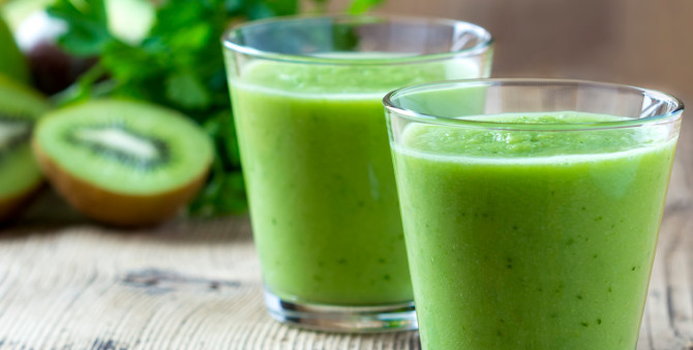Home juicing is a very popular and economic way to pursue a healthy lifestyle and save money. Many individuals learn how to juice with a home juicer so they can make healthier recipes for their families and always have access to fresh squeezed juices of all varieties. The home juicer's ease of use and instant accessibility make healthier eating and drinking easier to incorporate into a person's lifestyle.
Types of Fruits and Vegetables to Juice
There are countless types of fruits and vegetables that can be juiced using a home juicer. The possibilities are not limited simply to oranges or apples. There are many that can be juiced, while the meat from the fruit or vegetable can be used for soups and broths. Ideally, fruits and vegetables with a high water content make juicing preferable. The natural water in the product allows the substance to mix together within itself and create a "juice" result. Different products that can be juiced include:
- Oranges
- Apples
- Strawberries
- Grapefruit
- Kiwi
- Carrots
- Mango
- Papaya
- Tomatoes
- Green, Yellow or Red Bell Peppers
- Squash
- Cucumber
Investing in Juicing Machines
To enjoy the juicing lifestyle, invest in a juicing machine that has a powerful motor and a sharp blade. This will ensure that the machine will yield the maximum performance for a frequent juicing lifestyle. Especially if an individual intends to juice on a daily basis, be that one to three times a day, a high quality machine will be able to withstand the rigorous demands of frequent juicing.
How to Juice a Product
To juice a vegetable or fruit, first remove any outer skin or shell that is too hard to submerge into the unit. This includes things like orange and lemon peels or the outer skin of a kiwi fruit. Remove any seeds or membrane from the product including bell peppers, apple seeds or grapefruit seeds. Any seeds or fleshy membranes that get caught in the shredding unit of the juicer can damage it.
Although it's not necessary to dice or slice the product, it may be necessary if it's too large to fit into the unit's chamber. Otherwise, feed the product vertically into the receiving chamber of the unit and use the cylindrical tube (if it's available with the unit) to help push the product further into the shredder. Make sure an adequate size cup is at the back of the unit to catch the juices. Depending on what's being juiced, it may take up to several pieces of one item to get an average sized glass of juice.
Cleaning the Unit
To clean the juicer, disassemble the shredding portion of the unit right after each juicing episode. This will ensure that the pulp part of the fruit or vegetable doesn't stick to the blades and make it difficult to clean. It should also soak in warm, soapy water for a brief period of time. When it's ready to be cleaned, a small toothbrush can be used to dislodge small bits from the blade as it's rinsed under water. Most juicing units are also dishwasher safe, so it can be run through the dishwasher once it's been pre-cleaned.
Juicing is fun, economical and an exciting experiment within itself. Depending on your preferences and tastes, juicing can become a part of healthy living with comfortable accessibility. The creative factor is limitless when a person starts experimenting with various recipes, flavors and fruits or vegetables to find what works best. It is a wise investment for anyone interested in controlling their dietary intake and wanting to enjoy it at the same time.



